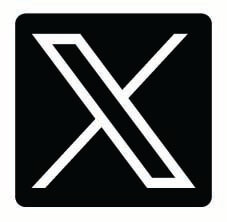Export-Import Bank Is Renewed
Legislation signed by Obama resurrects bank after five-month lapse.
Legislation signed by President Barack Obama on Friday resurrected the U.S. Export-Import Bank and ended a five-month lapse that revealed far stronger bipartisan backing for the agency than the pitched battle to shut it down suggested. The outcome now gives the bank a firm footing until September 2019, but the brawl over its existence this year left both economic and political scars. The Ex-Im Bank charter ran out in July, preventing the agency from writing new business, after key lawmakers bottled up legislation that would overhaul and renew it. The unprecedented pause in activity for the 81-year-old agency that finances American exports prompted companies to move business abroad or risk lost sales. Critics say the agency puts taxpayers at risk of losing money to finance sales of planes, satellites and industrial equipment that should be left to the private sector. A muscular lobbying effort by business groups successfully persuaded lawmakers that U.S. manufacturers, already squeezed by a stronger dollar, risked being left at a permanent disadvantage to foreign rivals. General Electric Co., Boeing Co. and trade groups publicized examples of business that was being outsourced or lost outright to foreign competitors. At the same time, officials from foreign export-credit agencies were eager to exploit the shutdown, said Fred Hochberg, the bank’s chairman. Officials in China and India, he said, had made public comments noting that it would help their domestic manufacturers’ competitiveness. “There is still bewilderment over why the second largest exporter in the world—with global growth rates dropping and emerging economies laboring—would unilaterally disarm at a time like this,” he said. Significant majorities in the House and Senate—including a majority of House Republicans—ultimately voted to restore the bank, “even in this toxic environment of gridlock and dysfunction,” said House Minority Whip Steny Hoyer, (D., Md.).
More From The Wall Street Journal (subscription required):












